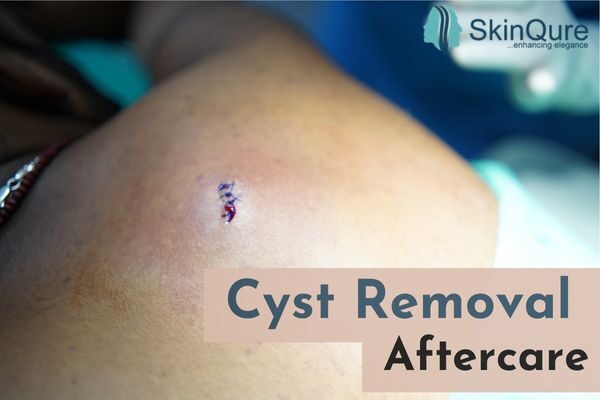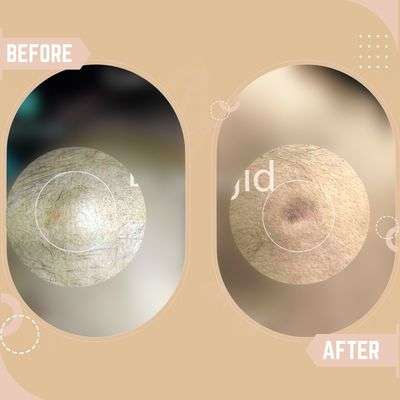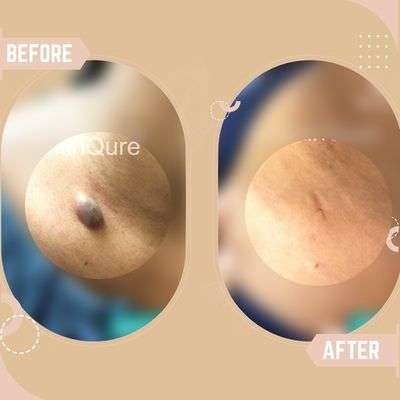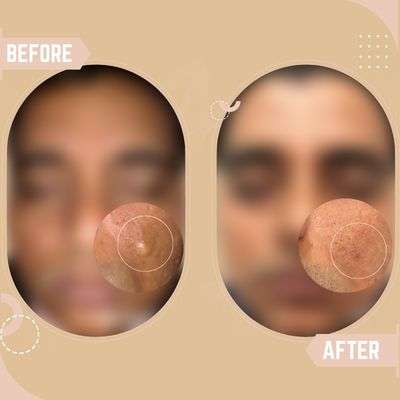
Cysts are common benign growths that can develop in various parts of the body. While many cysts are harmless and painless, some may become painful, infected, or cosmetically bothersome, necessitating their removal. Cyst removal in Saket is a straightforward medical procedure that involves excising the cyst to alleviate discomfort or enhance one’s appearance. In this article, we will explore the different types of cysts, the removal process, and the essential aftercare steps to ensure a smooth recovery.
Table of Contents
ToggleCysts can develop in different organs and tissues throughout the body, with the most common types being:
The process of removing a cyst varies depending on its size, location, and type. Here’s an overview of common cyst removal methods:
Proper aftercare is essential to promote healing, prevent infection, and minimise scarring after cyst removal. Here are some crucial steps to follow:



Cyst removal is a common medical procedure to alleviate pain, discomfort, or cosmetic concerns associated with various cysts. Whether you undergo incision and drainage or excision surgery, following proper aftercare guidelines is crucial for a smooth recovery. By adhering to your healthcare provider’s recommendations, you can minimize complications, reduce scarring, and ensure the best possible outcome after cyst removal. If you suspect you have a cyst or require cyst removal, consult with a dermatologist in South Delhi at SkinQure for an accurate diagnosis and personalized treatment plan.